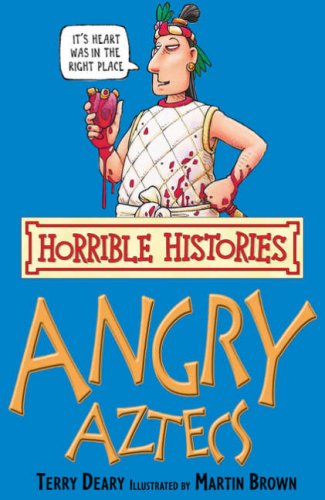
Some claim that humour cannot or should not be explained. Author E.B. White once said, "Humor can be dissected as a frog can, but the thing dies in the process and the innards are discouraging to any but the pure scientific mind."[4]Counter to this argument, protests against "offensive" cartoons invite the dissection of humor or its lack by aggrieved individuals and communities. This process of dissecting humor does not necessarily banish a sense of humor but begs attention toward its politics and assumed universality (Khanduri 2014).[5] Arthur Schopenhauer lamented the misuse of humour (a German loanword from English) to mean any type of comedy. However, both humour and comic are often used when theorising about the subject. The connotations of humour as opposed to comic are said to be that of response versus stimulus. Additionally, humour was thought to include a combination of ridiculousness and wit in an individual; the paradigmatic case being Shakespeare's Sir John Falstaff. The French were slow to adopt the term humour; in French, humeur and humour are still two different words, the former referring to a person's mood or to the archaic concept of the four humours.[citation needed] Non-satirical humour can be specifically termed droll humor or recreational drollery.[6][7]

The history of the world is the memory of the past experience of Homo sapiens sapiens around the world, as that experience has been preserved, largely in written records. By "prehistory", historians mean the recovery of knowledge of the past in an area where no written records exist, or where the writing of a culture is not understood. By studying painting, drawings, carvings, and other artifacts, some information can be recovered even in the absence of a written record. Since the 20th century, the study of prehistory is considered essential to avoid history's implicit exclusion of certain civilizations, such as those of Sub-Saharan Africa and pre-Columbian America. Historians in the West have been criticized for focusing disproportionately on the Western world.[22] In 1961, British historian E. H. Carr wrote:

The historical method comprises the techniques and guidelines by which historians use primary sources and other evidence to research and then to write history. Herodotus of Halicarnassus (484 BC – ca.425 BC)[24] has generally been acclaimed as the "father of history". However, his contemporary Thucydides (ca. 460 BC – ca. 400 BC) is credited with having first approached history with a well-developed historical method in his work the History of the Peloponnesian War. Thucydides, unlike Herodotus, regarded history as being the product of the choices and actions of human beings, and looked at cause and effect, rather than as the result of divine intervention.[24] In his historical method, Thucydides emphasized chronology, a neutral point of view, and that the human world was the result of the actions of human beings. Greek historians also viewed history as cyclical, with events regularly recurring.[25] There were historical traditions and sophisticated use of historical method in ancient and medieval China. The groundwork for professional historiography in East Asia was established by the Han Dynasty court historian known as Sima Qian (145–90 BC), author of the Shiji (Records of the Grand Historian). For the quality of his written work, Sima Qian is posthumously known as the Father of Chinese Historiography. Chinese historians of subsequent dynastic periods in China used his Shiji as the official format for historical texts, as well as for biographical literature.[citation needed]

Srinivasa Ramanujan FRS (pronunciation: Listeni/sri?.ni.va?.s? ra?.ma?.n?.d??n/) (22 December 1887 – 26 April 1920) was an Indian mathematician and autodidact who, with almost no formal training in pure mathematics, made extraordinary contributions to mathematical analysis, number theory, infinite series, and continued fractions. Ramanujan initially developed his own mathematical research in isolation; it was quickly recognized by Indian mathematicians. When his skills became apparent to the wider mathematical community, centered in Europe at the time, he began a famous partnership with the English mathematician G. H. Hardy. He rediscovered previously known theorems in addition to producing new work.

Blessed Teresa of Calcutta, MC,[3] commonly known as Mother Teresa (26 August 1910 – 5 September 1997), was a Roman Catholic religious sister and missionary[4] who lived most of her life in India. She was born in today's Macedonia, with her family being of Albanian descent originating in Kosovo.[5][6][7][8][9] Mother Teresa founded the Missionaries of Charity, a Roman Catholic religious congregation, which in 2012 consisted of over 4,500 sisters and is active in 133 countries. They run hospices and homes for people with HIV/AIDS, leprosy and tuberculosis; soup kitchens; dispensaries and mobile clinics; children's and family counselling programmes; orphanages; and schools. Members must adhere to the vows of chastity, poverty and obedience as well as a fourth vow, to give "wholehearted free service to the poorest of the poor".[10] Mother Teresa was the recipient of numerous honours including the 1979 Nobel Peace Prize. In 2003, she was beatified as "Blessed Teresa of Calcutta". A second miracle credited to her intercession is required before she can be recognised as a saint by the Catholic Church.[3]